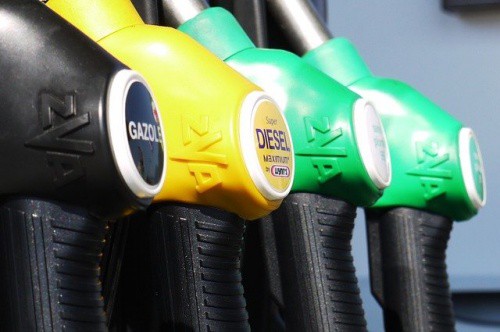Regulatory requirements and the need to minimise unexpected downtime, loss from leakages, and workplace accidents are driving the demand for Industrial Internet of Things (IIoT)-based monitoring solutions across different streams of the oil & gas industry.
According to Frost & Sullivan, vendors in response to market demand will offer end-to-end IIoT-based monitoring solutions that increase the ease of purchase and deployment and enable seamless operation.
"Innovative pricing models such as subscription-based pricing, pay per connected device, and pay-as-you-grow services enabled by IIoT are likely to promote the rapid adoption of monitoring solutions," said Krishna Raman, research analyst for industrial at Frost & Sullivan. "These models reduce the end-users' CAPEX required to implement them."
Entitled “Digitization of Oil and Gas—Understanding the Impact of IIoT-based Monitoring”, the latest report from the tech research firm analyses the industry trends in the upstream, midstream, and downstream oil & gas sectors. The study covers the geographic segments of North America, EMEA and Russia, Latin America, and Asia-Pacific.
The company predicts that there will be greater growth opportunities for IIoT solution vendors that:
- Develop non-intrusive sensors offering benefits and retrofit them in existing pipeline structures.
- Provide self-powered sensors, which are based on energy-harvesting technologies.
- Partner with machine learning solution providers to create an end-to-end solution and analyse data obtained from sensors in geographically dispersed locations.
- Market and install proof-of-concept solutions at end-user sites to demonstrate ROI.
"The midstream sector is expected to experience the highest growth in investments," said Raman. "Growth of the United States gas power plants segment and increased emphasis on gas exports will boost investment in pipelines, especially real-time pipeline monitoring solutions and natural gas liquefaction terminals. This demand for real-time monitoring will be further driven by end-users' desire for zero asset downtime and fool-proof personnel safety."



